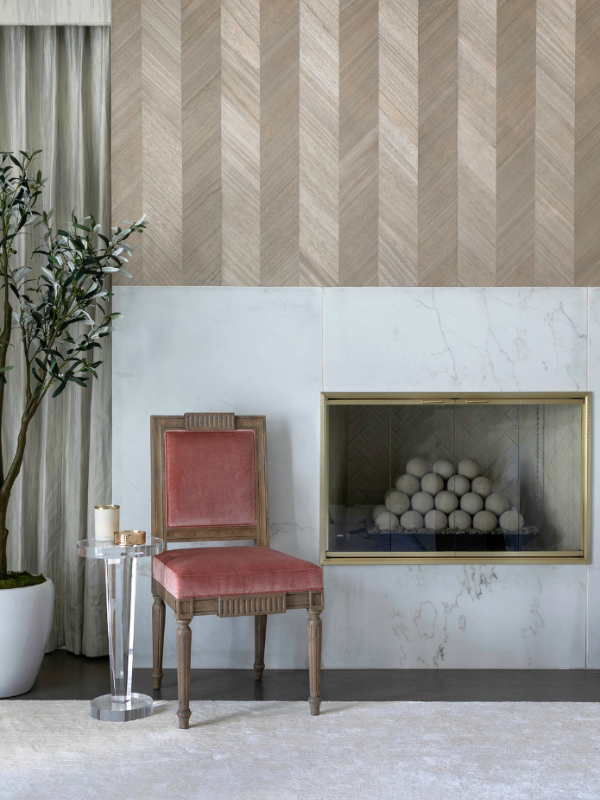Velvet sofas and chairs are among the most elegant pieces in high-end interiors. Their luster and depth of color make them stand out, but the material from which they are made demands a little extra attention. Unlike leather, velvet’s distinct beauty comes from its raised pile, which can flatten, crush, or collect dust if ignored. With the right maintenance, though, velvet upholstery will stay soft, rich, and luminous for years.
But First, What Exactly Is Velvet?

You might be surprised to learn that velvet isn’t a fiber but a weave. What sets it apart from other fabrics is its dense pile: tiny upright loops of yarn that are cut to create a plush, soft surface with a distinctive sheen. That pile refracts light in different directions, which is why velvet looks lighter or darker depending on the angle.
Traditionally, velvet was woven from silk, which made it one of the most luxurious and expensive textiles in history. Today, it’s also produced from cotton, linen, wool, and synthetic blends like polyester or acrylic. Each type behaves differently: silk velvet is delicate and luminous, cotton velvet is softer and more casual, and performance velvets made from modern fibers are highly durable and stain-resistant.
Because velvet is defined by its pile, it’s prone to flattening under pressure, attracting dust, and showing imprints more readily than flat-woven fabrics. These qualities don’t diminish its beauty or doom its functionality, but they do mean it benefits from consistent, gentle care. Knowing what your velvet is made from (and how it reacts to light, moisture, and touch) is key to caring for it properly.
The Do’s and Don’ts of Caring for Velvet Furniture
Do: Vacuum Regularly

Silk velvet is a dust magnet. Those fine fibers trap particles quickly, and if they’re left to sit, they weigh down the pile and dull the sheen. A weekly vacuum with a soft brush attachment is perfect.
Just be sure to always move the nozzle in the same direction as the nap (never against it) so you lift dust without disturbing the pile (a less technical term for nap in this context). Focus on arms, seat cushions, and seams, where buildup happens fastest.
Don’t: Let Stains Sit
Velvet is one of the most absorbent upholsteries you can own. A splash of water, wine, or coffee spreads quickly into the pile and can leave a permanent shadow if you don’t act immediately. The rule is simple: blot, don’t rub. Use a clean, dry cloth and press lightly to lift the liquid.
For tougher spots, a slightly damp cloth with distilled water may help, but if the fabric darkens unevenly or feels rough after drying, stop there. Scrubbing only pushes the stain deeper and distorts the pile.

Do: Brush the Pile
Over time, sitting compresses velvet and leaves behind imprints where cushions bear the most weight. A velvet brush is the easiest way to revive the nap. Gentle, even strokes will lift the fibers back into place and restore the shimmer we all adore.
If you prefer, a handheld steamer used sparingly can achieve the same effect: hold it a few inches away and let the steam relax the pile. While it has cosmetic benefits, regular brushing also prevents fibers from matting permanently and extends the life of the upholstery.
Don’t: Place in Direct Sunlight
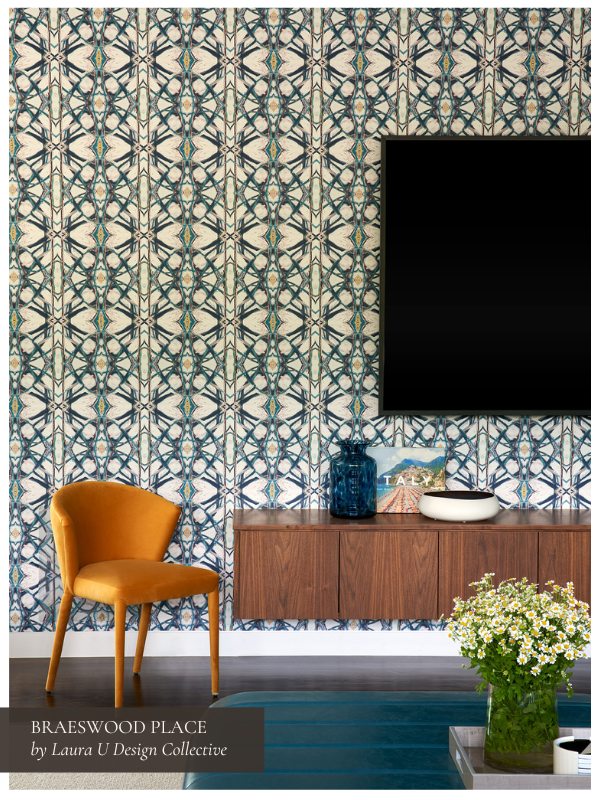
Velvet reacts quickly to light. Ultraviolet rays fade dye unevenly and weaken fibers, leaving pale patches that can’t be repaired. A sofa under a large south-facing window may lose depth of color within a year.
To prevent this, position velvet pieces away from direct sun, or protect windows with drapery, sheers, or UV films. Even rotating furniture slightly every season can make a difference. Once velvet fades, there’s no easy way back, so prevention is essential.
Do: Use a Steamer, Not an Iron
Flat marks in velvet are natural, but the right tool can help you bring the original patterning of the fabric back to life. A handheld steamer, held at a safe distance, loosens crushed fibers and restores loft without damaging the nap.
Never apply an iron, even on low, and never press directly with heat; it crushes the pile instantly and the marks are permanent. For stubborn impressions, steam lightly, then brush in the direction of the nap while the fibers are still relaxed. Don’t overdo it!
Don’t: Cover with Plastic
During a renovation or move, it’s tempting to throw plastic over a velvet chair or sofa. Resist the urge. Plastic doesn’t breathe, so condensation builds under the cover and leaves behind imprints, water marks, or even mildew.
Instead, use a cotton drop cloth or a breathable cover that protects the fabric without trapping moisture. If storage will last longer than a few days, lift the cover occasionally to let air circulate.
Do: Mind Pressure Marks
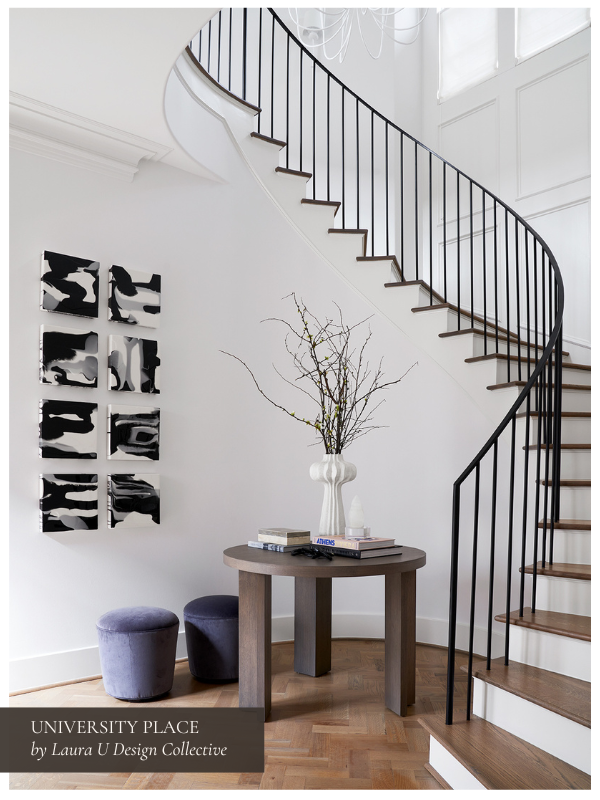
Velvet records pressure; it has memory. Set down a heavy tray or leave books stacked on an ottoman, and the fibers will flatten in that exact outline. While many of these marks can be brushed or steamed out, some dents deepen if weight is left for weeks.
If you want to style a tray on a velvet bench, choose something lightweight, rotate its placement, and refresh the pile afterward. Prevention is much easier than correction.
Don’t: Spot-Clean Aggressively
Because velvet’s beauty lies in how its pile reflects light, aggressive scrubbing almost always leaves a permanent scar. A dull patch appears where the nap has been rubbed in different directions. That’s why blotting is always safer than scrubbing.
For anything beyond water spots or light dust, it’s better to pause and call a professional. They’ll identify the fiber and choose a method that lifts the stain without altering the sheen.
Do: Check the Fiber Content
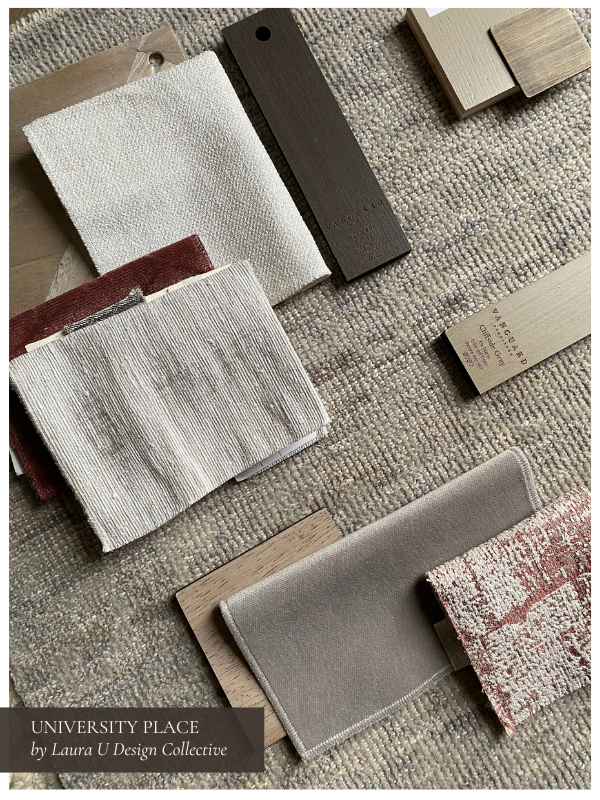
Velvet is a weave, not a single material, which means not all velvets behave the same way. Cotton velvet is soft but crushes easily and doesn’t respond well to water. Silk velvet is extremely delicate and belongs only in low-use spaces.
Synthetic or blended velvets, often called performance velvets, are more forgiving: they resist stains, fading, and pressure marks. Knowing what you have informs how you clean it and whether you should even attempt to handle a stain on your own.
Don’t: Assume All Velvets Age the Same
One velvet sofa may demand professional cleaning after a single spill, while another shrugs off daily use with little fuss. Performance velvets made from acrylic or polyester blends hold color longer, resist sunlight, and bounce back from crushing.
Traditional cotton or silk velvets, on the other hand, are less forgiving. This difference matters most when selecting fabric for high-traffic rooms. In a family room or lounge, performance velvet is often the wiser choice if longevity is the goal.
Do: Rotate Cushions and Seating Areas
Every fabric shows wear in its busiest spots, and velvet is no exception. A cushion that’s sat on daily will fade and flatten faster than the others. Flipping cushions regularly and encouraging guests to use different seating areas keeps wear even.
Over time, this single simple habit prevents one cushion from looking aged while the rest of the sofa appears new. It’s a small, almost invisible step that pays off in balance and longevity.
When to Call a Professional for Velvet Furniture Care

Not all velvet care belongs in your hands. If your piece is antique, if it’s upholstered in silk velvet, or if you’re dealing with a deep stain like ink, wine, or oil, the safest choice is professional cleaning. Velvet can be made from cotton, silk, wool, or synthetics; each responds differently to moisture, solvents, and heat.
A professional can identify the fiber content, treat stains appropriately, and revive the pile without risking irreversible damage. This is especially true for older pieces where dyes, backing materials, or fragile stitching can react unpredictably to DIY methods.
Creating Stunning Spaces That Endure with Laura U Design Collective
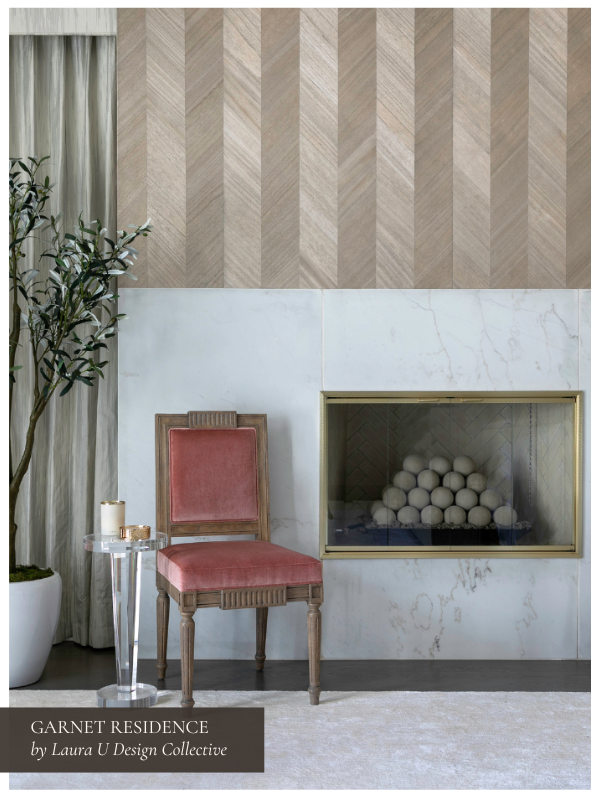
Velvet looks and feels its best when selected and cared for thoughtfully. The right fabric in the right room can stay a stunning focal point for decades, provided it’s maintained with simple, consistent care. Just as important is selecting the right type of velvet at the outset: performance blends for everyday living, or silk and cotton versions in spaces where luxury and craftsmanship are central.
At Laura U Design Collective, we guide clients through these decisions every day. Whether sourcing furnishings, designing custom upholstery, or developing interiors from the ground up, our goal is to pair beauty with longevity. With the right selections and care, velvet can be as enduring as it is elegant.



